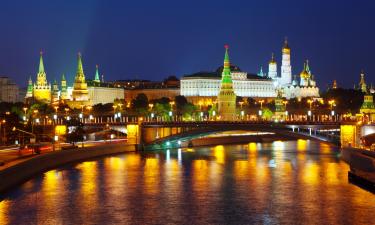Moscow responds to reports about 30 dead North Korean fighters in Russia's Kursk region
Kremlin spokesman Dmitry Peskov responded to reports about the alleged death of North Korean servicemen in Russia's Kursk region.
He preferred not to comment on the reports and redirected the question to the Defence Ministry.
"This is a question for the Defence Ministry," Peskov told reporters.
It was earlier reported that the Armed Forces of Ukraine allegedly found 30 bodies of North Korean soldiers in the Kursk region.
Dmitry Peskov prefers not to answer questions about the alleged presence of North Korean soldiers in the zone of the special military operation. In October, he said that he did not have such information. On November 19, Peskov redirected such a question to the Defence Ministry.
Russian war correspondents confirm DPRK soldiers fight for Kursk region
It was reported in December that DPRK soldiers took part in a battle in the Sudzha district of the Kursk region and stormed the village of Plekhovo.
War correspondent Yuri Kotenok claimed in early December that DPRK fighters "walked two kilometers through a minefield, broke into the village with lightning speed and annihilated Ukrainian fighters. The North Koreans took their own dead and the wounded with them. They did not take any prisoners, Kotenok added making references to "certain information" that he had.
War correspondent Vladimir Romanov also reported the presence of the North Koreans in the Kursk region. They took control over the village of Plekhovo in two hours, he said.
"They came like a hurricane. (…) The enemy lost more than 300 servicemen." he wrote.
Details
The Korean People's Army Ground Force was formed on August 20, 1947. It outnumbered and outgunned the South Korean army on the outbreak of the Korean War in June 1950 before being pushed back by a combined United Nations-Republic of Korea counteroffensive. North Korean ground forces formations which fought in the Korean War included the I Corps, the II and III Corps. The IV Corps and V Corps, VI and VII Corps were formed after the outbreak of war. Divisions included the 105th Armored Division, the 1st, 2nd, 3rd, 4th, 5th, 6th, 7th, 8th, 9th, 10th, 12th, 19th, and 43rd Infantry Divisions. During the Korean War, it also contained a number of independent units such as the 766th Infantry Regiment.
Subscribe to Pravda.Ru Telegram channel, Facebook, RSS!





